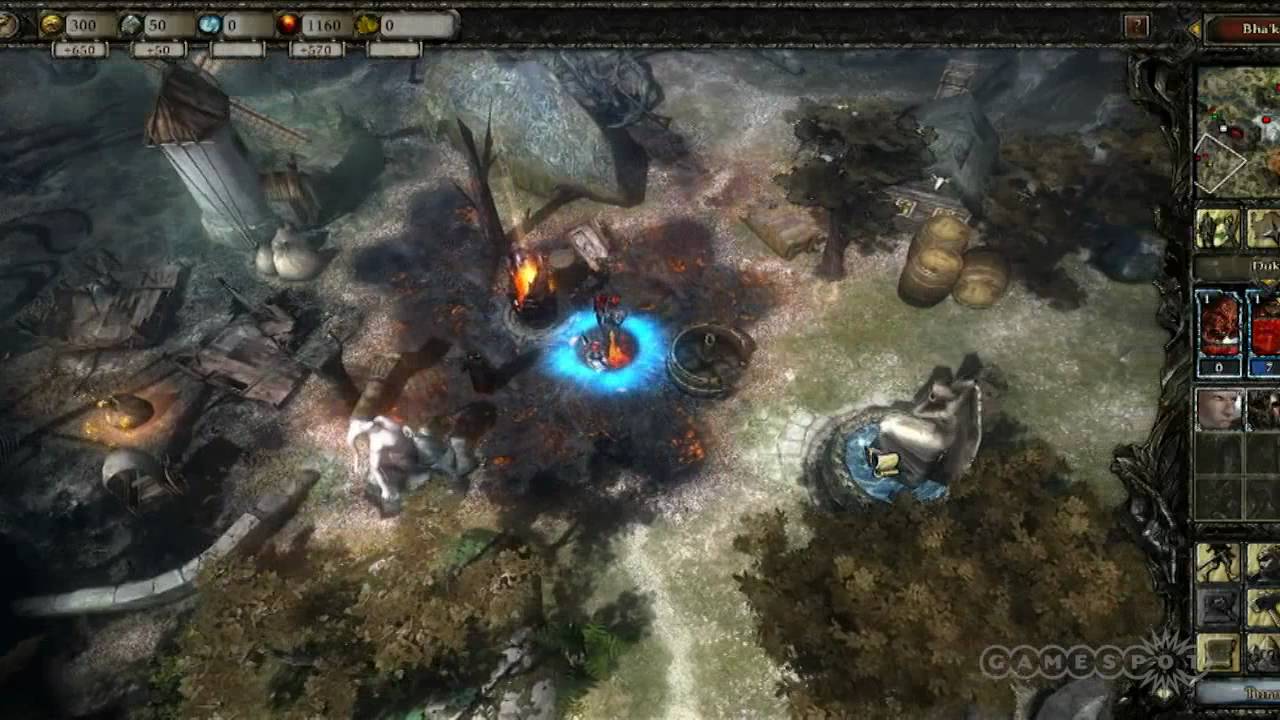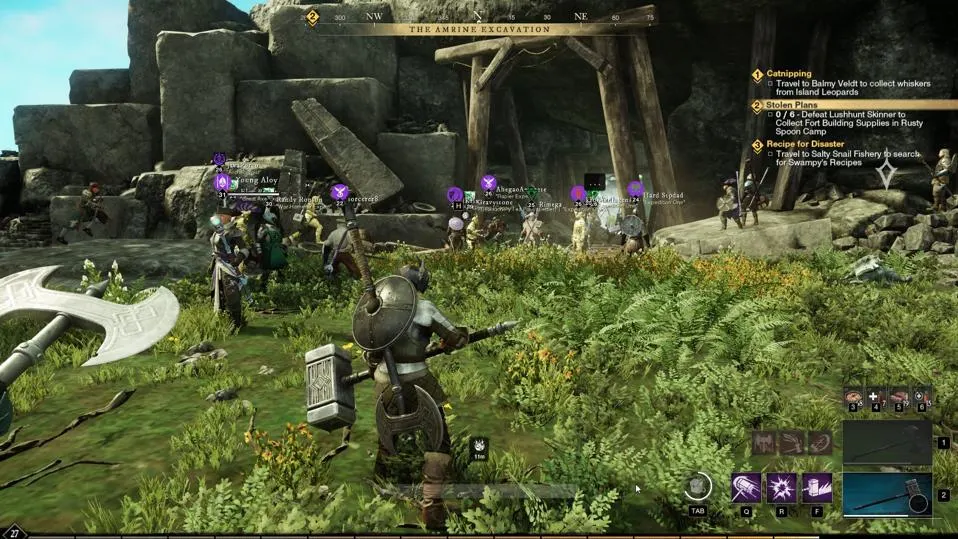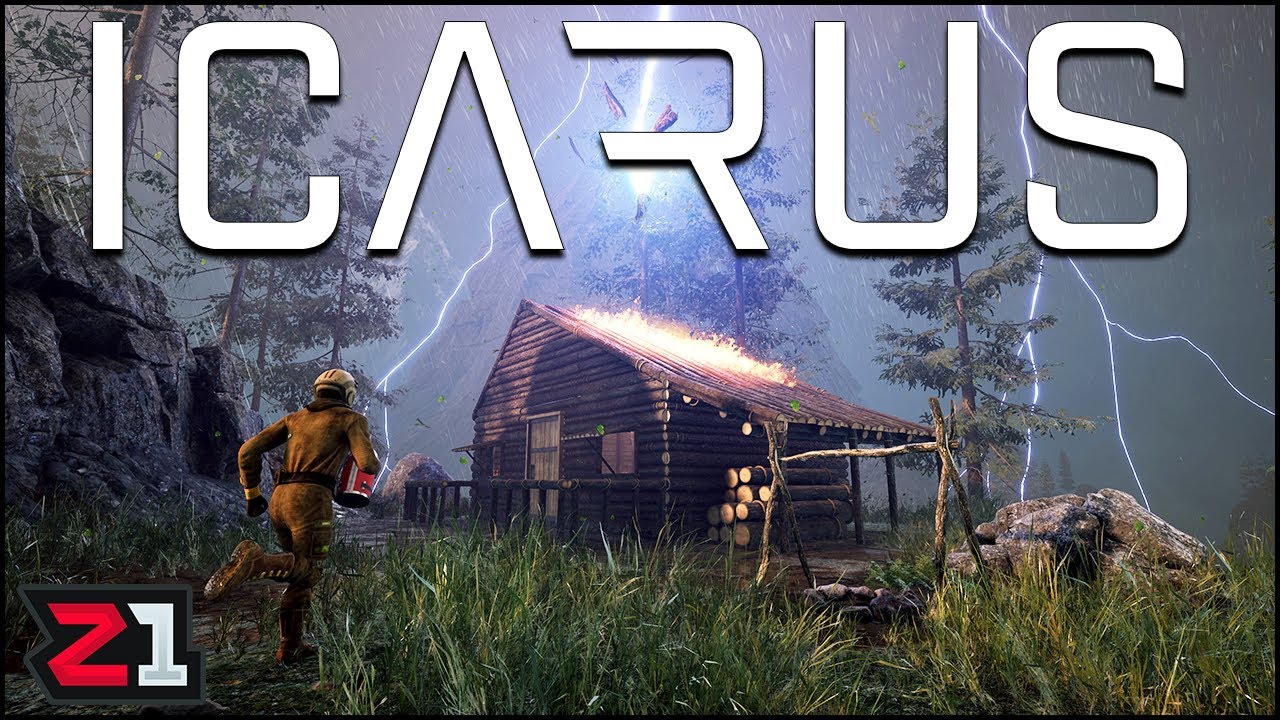Introduction
“Disciples III: Renaissance” is a tactical role-playing game developed by Russian studio Black Hole Entertainment and published by Kalypso Media. Released in 2010, this game is part of the “Disciples” series and offers players a blend of strategy, fantasy, and intricate gameplay mechanics. Set in the dark fantasy world of Nevendaar, the game continues the legacy of its predecessors with new features and a revamped visual style.
In this detailed review, we will explore the game’s storyline, gameplay mechanics, graphics, sound design, and overall reception. We’ll also provide a FAQ section to address common questions about “Disciples III: Renaissance.”
Storyline and Setting
Dark Fantasy World of Nevendaar
“Disciples III: Renaissance” is set in the gothic fantasy world of Nevendaar, a land steeped in conflict and magic. The game features a rich lore and a complex storyline involving multiple factions vying for control of the realm. Players can choose to align with one of several factions, each with its own unique storyline and objectives.
Factions and Campaigns
The game introduces three primary factions: the Empire, the Legions of the Damned, and the Elven Alliance. Each faction has its own campaign, complete with distinctive heroes, units, and quests. The Empire represents the forces of order and light, the Legions of the Damned are dark and malevolent, and the Elven Alliance stands for the mystical and ancient forest dwellers. The diverse campaigns offer players a variety of experiences and strategic challenges.
Gameplay Mechanics and Strategy
Turn-Based Combat System
“Disciples III: Renaissance” utilizes a turn-based combat system that requires strategic planning and tactical decision-making. Players command their armies on a grid-based battlefield, where positioning, unit abilities, and terrain can significantly impact the outcome of battles. The combat system is designed to be both challenging and rewarding, with a focus on tactical depth.
Army Management and Unit Types
Players manage their armies by recruiting and upgrading units from their chosen faction. Each unit has unique abilities and strengths, and players must carefully balance their forces to succeed in battles. The game features a variety of unit types, including infantry, cavalry, and magical beings, each with distinct roles and functions in combat.
Exploration and Quests
In addition to combat, “Disciples III: Renaissance” includes exploration and quest elements. Players can explore a detailed world map, uncovering hidden treasures, encountering neutral factions, and completing quests that advance the storyline. The exploration aspect adds an extra layer of depth to the game, allowing players to immerse themselves in the rich fantasy setting.
Graphics and Visual Presentation
Art Style and Environment Design
The game’s visual style is heavily influenced by dark fantasy themes, with a focus on gothic architecture, eerie landscapes, and detailed character models. The environments are richly designed, featuring intricate textures and atmospheric effects that contribute to the game’s immersive experience. However, the graphics have been noted for their uneven quality, with some textures and animations feeling outdated compared to other contemporary titles.
Unit and Character Design
The design of units and characters is a highlight of “Disciples III: Renaissance.” The game features detailed and unique designs for each unit, reflecting their faction and role. The characters and creatures are well-animated, with distinct visual styles that enhance the game’s fantasy setting. Despite some graphical limitations, the overall design contributes to the game’s dark and immersive atmosphere.
Sound Design and Music
Voice Acting and Sound Effects
“Disciples III: Renaissance” includes a range of voice acting and sound effects that contribute to the game’s atmosphere. The voice acting is generally well-executed, with characters delivering their lines with appropriate emotion and tone. The sound effects, such as weapon clashes and magical spells, are designed to enhance the tactical experience of the game.
Musical Score
The musical score of “Disciples III: Renaissance” is composed by the renowned musician Inon Zur, known for his work on other fantasy and strategy games. The score features a range of orchestral tracks that complement the game’s dark fantasy setting. The music effectively sets the mood during battles and exploration, adding to the overall immersive experience.
Reviews and Reception
Critical Reception
Upon its release, “Disciples III: Renaissance” received mixed to positive reviews from critics. The game’s tactical depth and strategic gameplay were praised, with many appreciating the complexity and challenge of the combat system. However, some critics noted issues with the game’s graphics, user interface, and pacing.
On Metacritic, the game holds a score of 65/100, reflecting its mixed reception. While the game was appreciated for its strategic elements and rich fantasy setting, it was also criticized for its technical shortcomings and lack of innovation compared to its predecessors.
Player Feedback
Player feedback for “Disciples III: Renaissance” was similarly mixed. Fans of the series appreciated the return to the dark fantasy world of Nevendaar and enjoyed the tactical gameplay. However, some players were disappointed by the game’s technical issues and felt that it did not live up to the high standards set by previous entries in the series.
Comparison to Other Titles
When compared to other games in the “Disciples” series, “Disciples III: Renaissance” is seen as a departure from the classic formula. While it introduced new features and improvements, it also faced criticism for straying too far from the elements that made the original games beloved. Fans of the series may find it a worthwhile experience, but it may not resonate as strongly with those who prefer the earlier titles.
Conclusion: The Legacy of Disciples III: Renaissance
“Disciples III: Renaissance” offers a mix of tactical depth and dark fantasy elements, set against the backdrop of the richly detailed world of Nevendaar. While the game introduces new features and improvements, it also faces criticism for its technical shortcomings and departure from the series’ roots.
For fans of tactical RPGs and the “Disciples” series, “Disciples III: Renaissance” provides an engaging experience with its strategic combat and immersive world. However, its mixed reception and technical issues may make it less appealing to those unfamiliar with the series or those expecting a more polished experience.
Overall, “Disciples III: Renaissance” is a game that may be worth exploring for those interested in dark fantasy strategy, but it is essential to approach it with an understanding of its strengths and limitations.
FAQ About Disciples III: Renaissance
What platforms is Disciples III: Renaissance available on?
“Disciples III: Renaissance” was released for Microsoft Windows and later ported to other platforms, including Mac OS X. The game is not available on consoles.
How long does it take to complete Disciples III: Renaissance?
The length of time required to complete “Disciples III: Renaissance” varies depending on the player’s play style and chosen faction. On average, completing a single campaign can take between 20 to 30 hours. Players interested in exploring all content and completing additional quests may spend more time in the game.
Can you play Disciples III: Renaissance multiplayer?
“Disciples III: Renaissance” features a multiplayer mode that allows players to compete against each other in strategic battles. The multiplayer component adds an extra layer of replayability, offering players the chance to test their tactics against others.
Is Disciples III: Renaissance a direct sequel to the previous Disciples games?
“Disciples III: Renaissance” is part of the “Disciples” series but is not a direct sequel to the previous games. Instead, it is set in the same world and shares thematic and gameplay elements with its predecessors. The game introduces new factions, characters, and storylines while retaining the core strategic gameplay that fans of the series will recognize.
What are the main criticisms of Disciples III: Renaissance?
The main criticisms of “Disciples III: Renaissance” include its uneven graphics, technical issues, and some design choices that were seen as departures from the classic “Disciples” formula. Critics and players also noted that the game’s pacing could be slow at times, and the user interface was not always intuitive.
Are there any expansions or additional content for Disciples III: Renaissance?
Yes, “Disciples III: Renaissance” has several expansions and additional content that expand the game’s world and features. These expansions include new campaigns, factions, and units, providing players with additional content and replayability.



